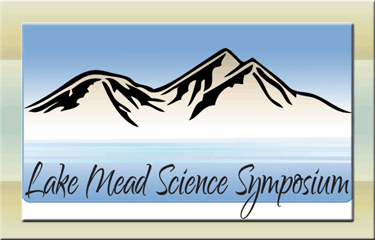Location
UNLV Student Union
Start Date
13-1-2009 8:00 AM
End Date
14-1-2009 6:00 PM
Description
Endocrine disrupting chemicals (EDCs) are a subject of intense research as more studies reveal their persistence in the environment and detrimental effects on wildlife. Steroid hormones, including the natural and synthetic estrogens estrone (E1), 17-beta-estradiol (E2) and 17- alpha-ethinyl estradiol (EE2), are among the most bioactive and have been detected at low concentrations in waterways downstream from wastewater treatment plants. Las Vegas Wash, a stream flowing into Lake Mead and fed primarily by treated wastewater, provides a unique experimental system in which to study the role microorganisms play in the fate and dispersal of these compounds in surface waters.
Keywords
Endocrine disrupting chemicals in water; Estrogen; Microorganisms; Nevada – Las Vegas Wash; United States – Lake Mead; Water – Pollution
Disciplines
Environmental Health and Protection | Environmental Microbiology and Microbial Ecology | Fresh Water Studies | Microbiology
Language
English
Included in
Environmental Health and Protection Commons, Environmental Microbiology and Microbial Ecology Commons, Fresh Water Studies Commons
Diversity of Estrogen Degrading Microorganisms in Las Vegas Wash and Lake Mead, Nevada, USA
UNLV Student Union
Endocrine disrupting chemicals (EDCs) are a subject of intense research as more studies reveal their persistence in the environment and detrimental effects on wildlife. Steroid hormones, including the natural and synthetic estrogens estrone (E1), 17-beta-estradiol (E2) and 17- alpha-ethinyl estradiol (EE2), are among the most bioactive and have been detected at low concentrations in waterways downstream from wastewater treatment plants. Las Vegas Wash, a stream flowing into Lake Mead and fed primarily by treated wastewater, provides a unique experimental system in which to study the role microorganisms play in the fate and dispersal of these compounds in surface waters.


Comments
File: Poster